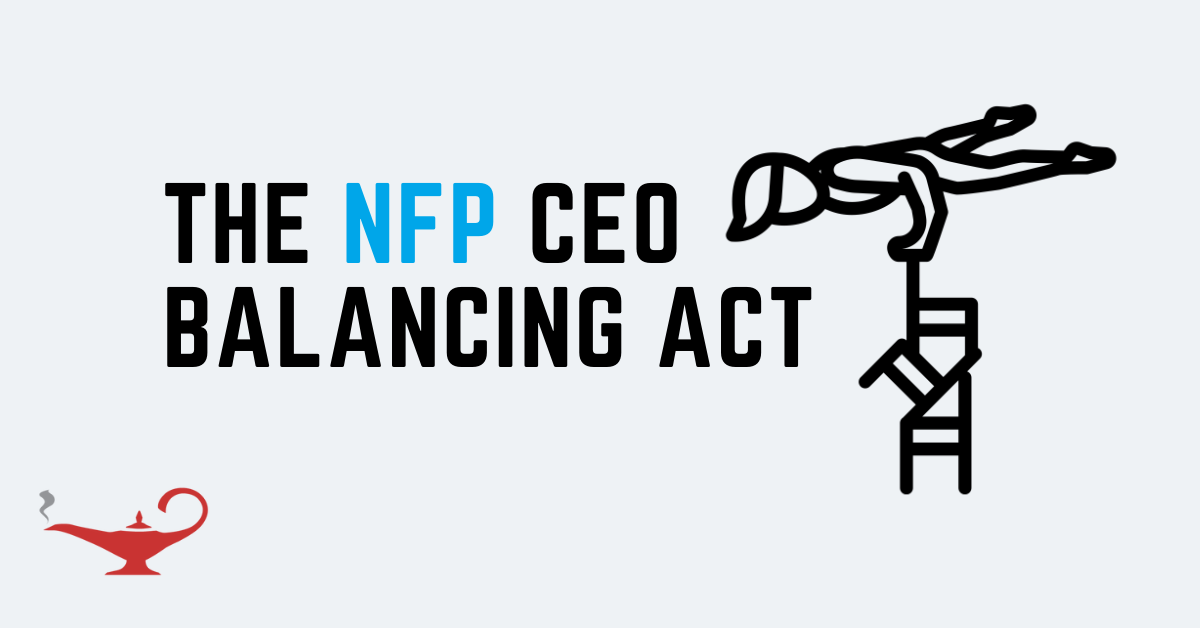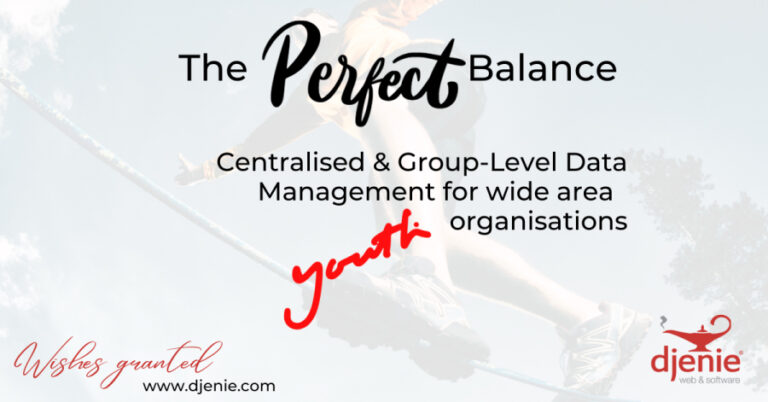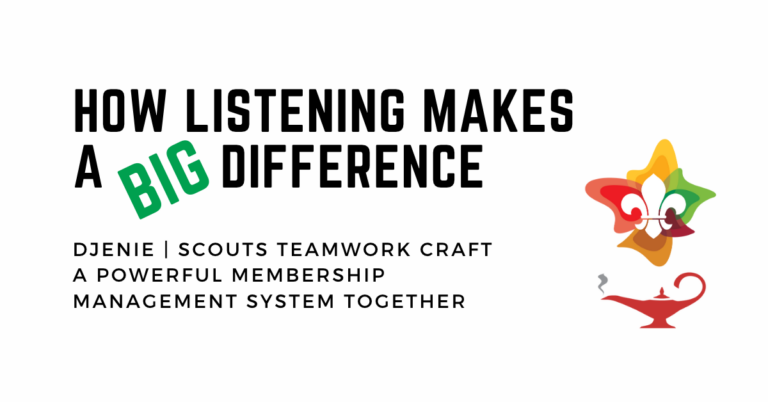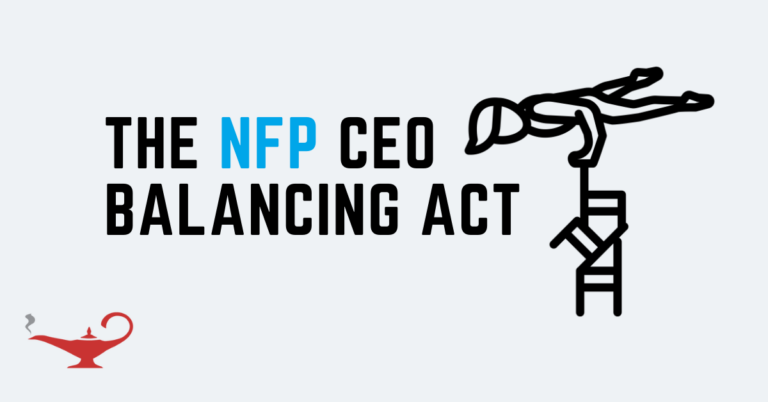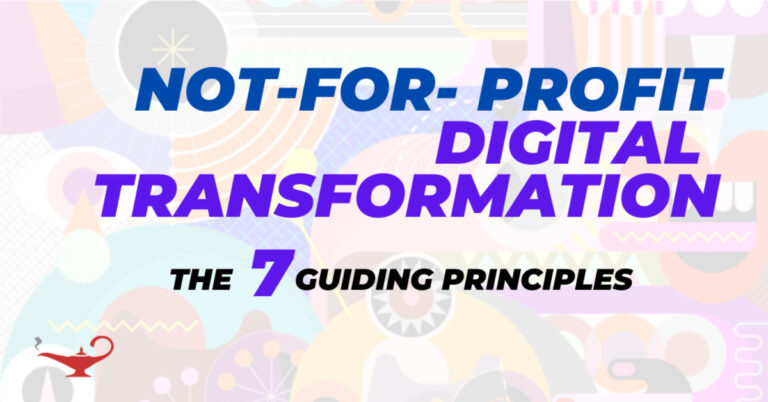The NFP CEO Balancing Act
BEING A CEO OF A NOT FOR PROFIT IS HARDER THAN YOU THINK.
If you think that a CEO in a NFP has it easy think again, its a balancing act and not one for the feint hearted. Not-for-profit CEOs in youth and child organizations face numerous challenges as they work to provide essential services and support to young people. CEO NFP challenges include navigating compliance and financial management, balancing stakeholder demands, and working with young people effectively. Additionally, not-for-profit youth and child organizations in Australia face specific legal and regulatory requirements related to compliance and child safety.
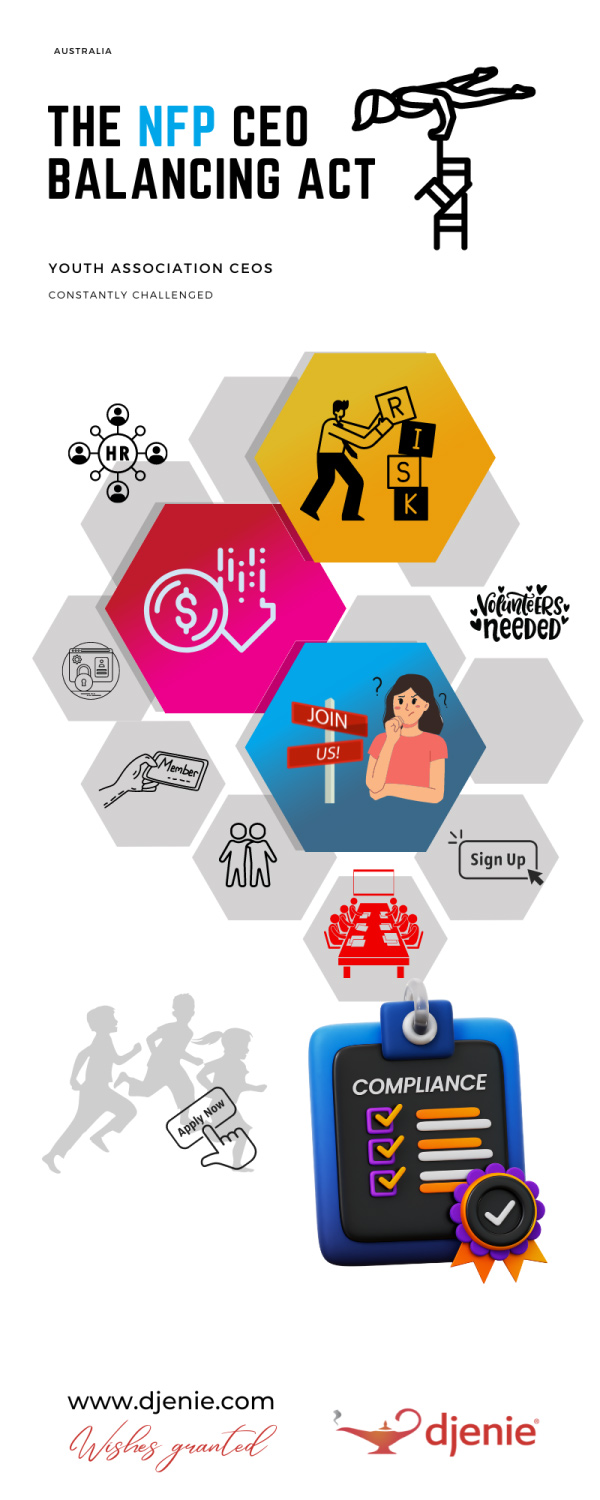
Download This Infographic In PDF Format!
Compliance Challenges for NFP CEOs
Legal and regulatory requirements can vary by state or country, and it can be challenging for not-for-profit CEOs to keep up with these requirements. In Australia, not-for-profit organizations must comply with various laws and regulations related to finances, taxation, and reporting. The Australian Charities and Not-for-profits Commission (ACNC) Act 2012 and the Corporations Act 2001 are two essential laws that not-for-profit organizations must comply with. The ACNC is the independent national regulator of charities and not-for-profit organizations in Australia. Additionally, not-for-profit organizations in Australia must comply with tax laws, including the Goods and Services Tax (GST), Pay As You Go (PAYG) withholding, and Fringe Benefits Tax (FBT). CEO NFP Challenges don’t end here.
Financial Management Challenges
Effective financial management is crucial for not-for-profit youth and child organizations, as they often rely on donations and grants to fund their programs and services. Developing a budget that reflects the organization’s priorities and goals while ensuring financial sustainability is essential. Not-for-profit CEOs must also ensure that their organization is compliant with all financial reporting requirements, including tax filings and audits.
Balancing Stakeholder Demands
Not-for-profit youth and child organizations have various stakeholders, including parents, volunteers, staff, and donors. Balancing the competing demands of these stakeholders can be challenging. Effective communication and relationship management skills are crucial for not-for-profit CEOs to ensure that all stakeholders are aligned with the organization’s mission and goals.
Working with Young People
Not-for-profit youth and child organizations work with young people, which presents unique challenges related to child protection, safeguarding, and risk management. Not-for-profit CEOs must ensure that their organization has appropriate policies and procedures in place to protect the well-being of young people and comply with legal and regulatory requirements. Additionally, not-for-profit organizations in Australia must comply with state-based child protection laws, which outline specific requirements related to child safety policies, procedures, and reporting.
The daunting yet most important CEO NFP challenge is safety compliance:
National Principles for Child Safe Organisations:
In 2019, the Australian government introduced the National Principles for Child Safe Organisations, which are designed to guide organizations in creating safe and child-friendly environments. These principles are supported by the National Framework for Protecting Australia’s Children 2009-2020, which outlines a coordinated approach to child protection in Australia.
Working with Children Checks:
The requirements for Working with Children Checks vary by state and territory in Australia. However, all states and territories have legislation in place that requires certain individuals to obtain a Working with Children Check before working with children in a paid or volunteer capacity. For example, in Victoria, this requirement is established under the Working with Children Act 2005, and in New South Wales, it is established under the Child Protection (Working with Children) Act 2012.
Mandatory Reporting:
Each state and territory has its own legislation and reporting requirements for suspected child abuse or neglect. For example, in Victoria, the requirements are established under the Children, Youth and Families Act 2005, while in New South Wales, they are established under the Children and Young Persons (Care and Protection) Act 1998.
Codes of Conduct:
Scouts Australia has its own Code of Conduct that outlines expected behaviors and standards for all participants, including adults, children, and volunteers. In addition, some states and territories have legislation in place that requires certain organizations to have a Code of Conduct. For example, in Victoria, this requirement is established under the Child Wellbeing and Safety Act 2005.
Risk Management:
Scouts Australia must comply with relevant occupational health and safety legislation, including the Work Health and Safety Act 2011, which requires organizations to identify and manage risks to health and safety.
Training and Education:
Scouts Australia provides training and education to all participants on child safety, including identifying and reporting child abuse, appropriate behavior and interactions with children, and strategies for creating a safe and child-friendly environment. Some states and territories also have legislation in place that requires certain organizations to provide child safety training to their employees and volunteers. For example, in Victoria, this requirement is established under the Child Wellbeing and Safety Act 2005.
CEO NFP Challenges in conclusion
In conclusion, not-for-profit CEOs in youth and child organizations face numerous challenges as they work to provide essential services and support to young people. Compliance with legal and regulatory requirements, financial management, balancing stakeholder demands, and working with young people effectively are all essential to the success of not-for-profit organizations. Additionally, not-for-profit organizations in Australia must comply with specific legal and regulatory requirements related to compliance and child safety. Not-for-profit CEOs must ensure that their organization is compliant with all applicable laws and regulations and that they are taking appropriate measures to create a child-safe environment. By navigating these challenges effectively, not-for-profit CEOs can ensure that their organization provides essential services and support to young people in need.
REFERENCES
1. Drucker, P. F. (1990). The Mission Comes First. In Managing the Non-Profit Organization: Principles and Practices (pp. 21-36). HarperCollins Publishers.
2. Collins, J. (2001). Confront the Brutal Facts (Yet Never Lose Faith). In Good to Great: Why Some Companies Make the Leap and Others Don’t (pp. 67-91). HarperCollins Publishers.
DISCOVER MORE POSTS ABOUT
Membership Management
ENJOYED THIS POST?
Follow us on social media to stay up-to-date with our latest posts
JOIN THE CONVERSATION!
Let’s Make It Meaningful Together

